
Storytelling is a key skill to have when you are sharing an adventure with someone. The thing is recounting what happened, is not just about regurgitating a dry account of what happened. You can have the coolest story ever, but without excitement, you might as well be reading tax laws to your audience.
A while back I used to tell this complete B.S. story about the time I engaged in hand-to-hand combat with a Grizzly Bear (yeah bears are running theme for me). As I retold the story I dialed it in and learned a few lessons about how to deliver a solid story.
How to Begin:
Begin with the meat of your story or the hook as some call it. This is what draws people into the story. Introduce the story with something like, “Did I ever tell you about the time a German WWII veteran bought me a beer for being American?” (A true story) It draws people in, as they want to know the details surrounding this event. This clears the way for you to launch into the beginning.
Laying Out the Story:
Now that you have the hook in, you can launch into the event preceding the main point of the story. Map out your story with the key details that put it together. Visualize it as a straight line and avoid sharing too many details that make it look more like a curvy road.
Keep the Story Fluid:
This is where Emotional Intelligence plays a big role as you watch your audience. What details do they want, what is too much, and what details is my audience most receptive to? When I would tell my bear story there was a mildly off-color joke that I could play up, tame down or completely remove depending on the audience. It was of little consequence to the story, but provide a chuckle just before the main action. With any story it is important for the teller read the audience as to when they want more or less. Some people just want to sit back and enjoy a fantastic yarn, while others what a quicker and to the point explanation.
Animate the Story:
People feed off enthusiasm, so if you want people to draw in you have to show that you are excited about the story you are sharing. It is easy to be excited and talk rapidly like you cannot wait to get it all out, but that does not connect with your audience. Tell the story in a natural rhythm, but use the space you have to include movement in your retelling. If you partially re-enact key details of the story it brings further understanding as to the action while, also drawing the listener in. You in an essence are bringing the story to life.
End With a Punch:
The biggest problem is to know when to end your story. Sure you can close the climax of action and ramble on about the after effects, but that leaves your story to close on the soft note. Instead, close on a punch line or a moral. Then allow your audience to ask for supplemental details if they are interested.
So go out there and earn some stories through your adventures then remember these skills when you and your friends are sitting around a bar or campfire.
Here are a few extra resources:
Storytelling Skills and Techniques
One Final Note:
There is no problem with telling a B.S. story, as long as you don’t attempt to pass it off as the truth. Your audience will see through you and just think you are a liar.

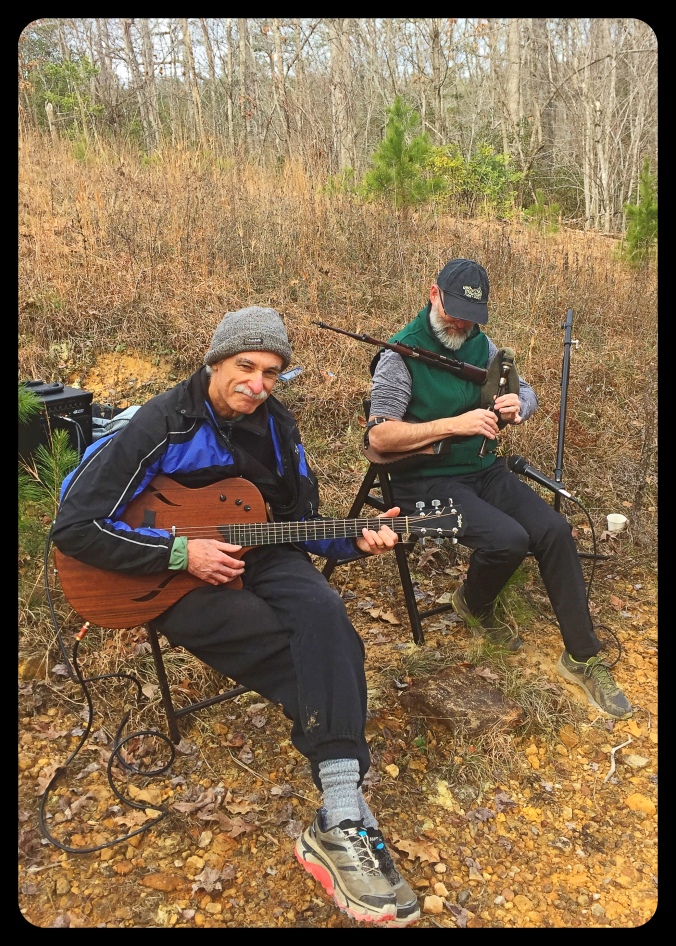


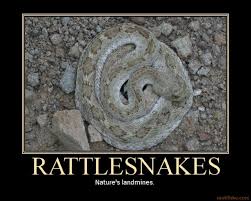
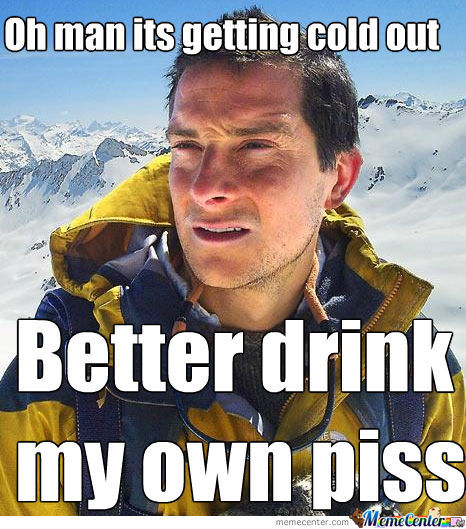
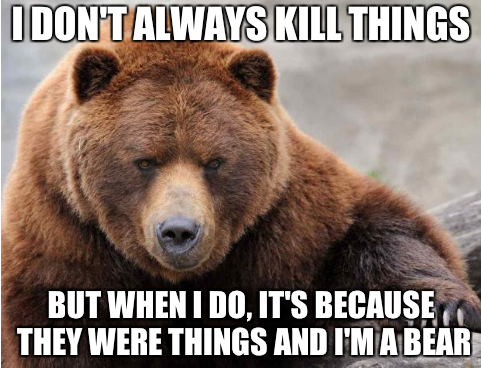
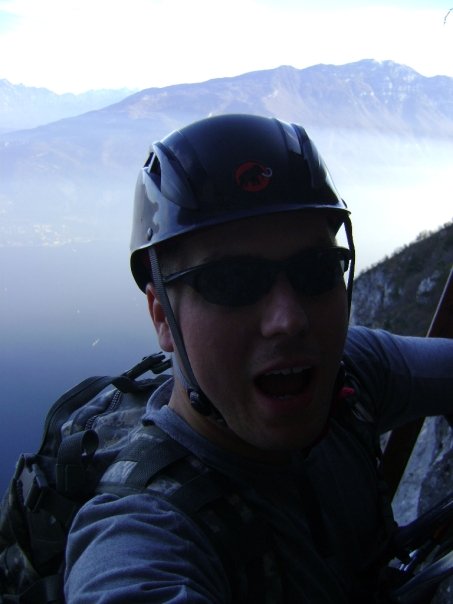
Recent Comments